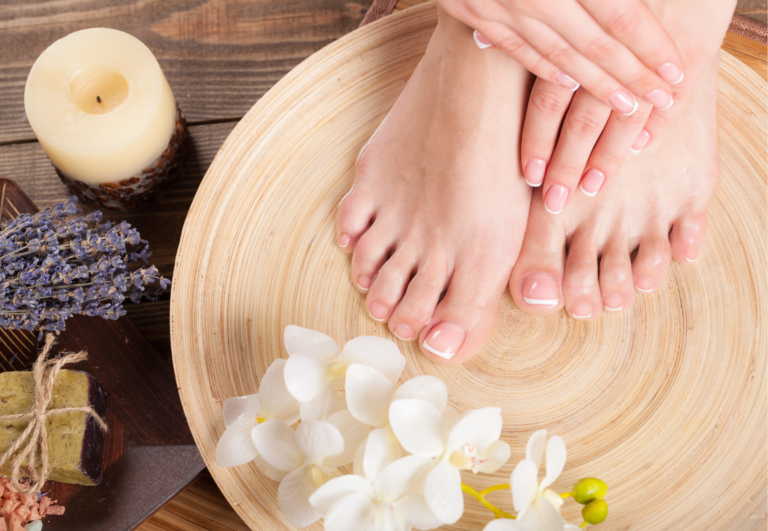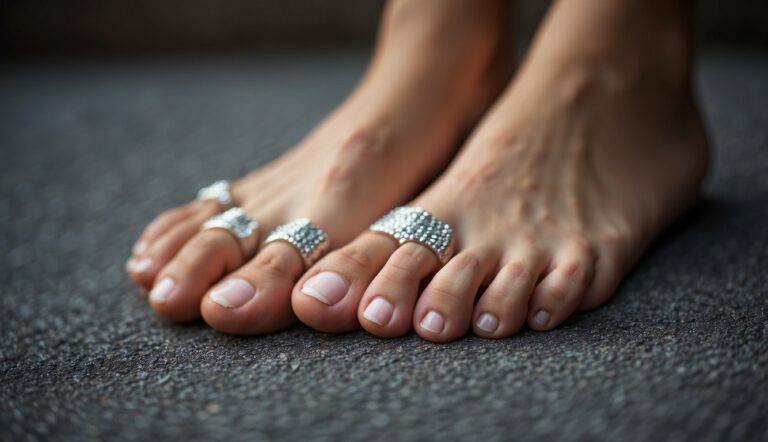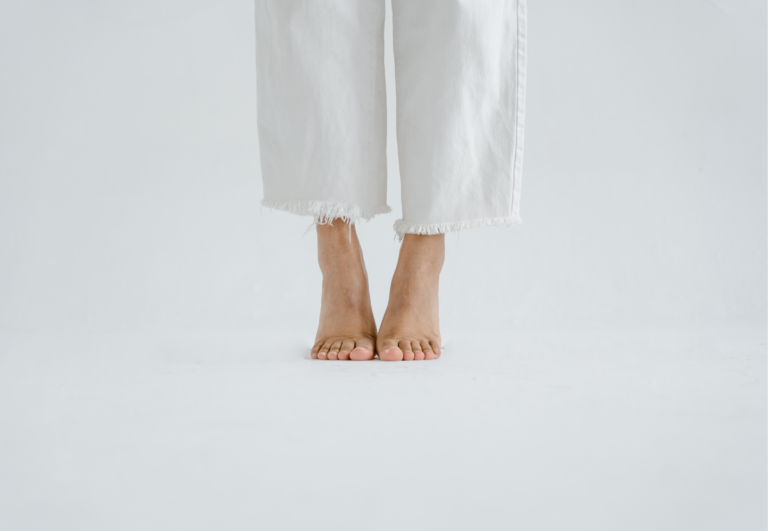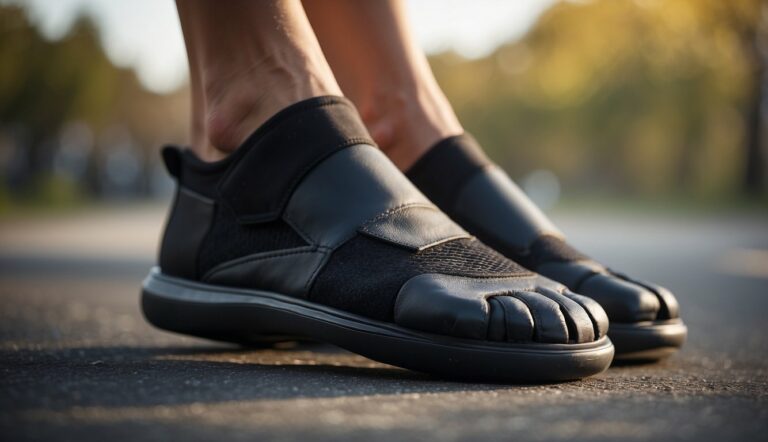Toe Spacers for Dancers: Enhancing Flexibility with Targeted Routines
As someone who has worked extensively with dancers and their unique foot care needs, I can attest to the effectiveness of toe spacers. These simple devices are more than just a comfort accessory; they are a valuable tool for promoting foot health. When incorporated into daily routines, toe spacers can help in correctly aligning the toes, providing the spacing necessary to reduce the risk of injuries like bunions and hammertoes that dancers are often prone to. Regular use of toe spacers can enhance a dancer’s performance by improving toe alignment, which is crucial for balance and technique.
For dancers, the rigorous demands and precise movements required in their art form can lead to a variety of foot-related challenges. It’s essential to integrate exercises and stretches that take care of the feet, and toe separators are integral in such regimens. They can be especially beneficial when used during warm-ups or cool-downs, allowing for more effective stretching of the intrinsic foot muscles. Establishing a routine that includes the use of toe spacers can contribute to better stability, posture, and strength in the feet, which are the foundations of a dancer’s instrument.
Toe Spacer Exercises and Stretches for Dancers
As a seasoned toe spacer user, I’m here to guide you through effective exercises and stretches that are beneficial for dancers. It’s essential to address balance, flexibility, and proper alignment which ultimately bolster performance and aid in recovery. I’ll walk you through basic stretches to begin with and then move on to more advanced techniques.
Starting with Basic Stretches
Warm-ups: I always recommend starting with light warm-up exercises to ready your toes for stretching. Gentle toe wiggling and ankle rolls can increase blood flow.
- Toe Spread-Outs: Place toe spacers between each toe and then press your toes outward against the resistance. Hold for 5-10 seconds, release, and repeat.
- Insert toe spacers for correct alignment.
- Press toes into the ground then lift upwards.
- Hold each press for 5 seconds, perform 10 repetitions.
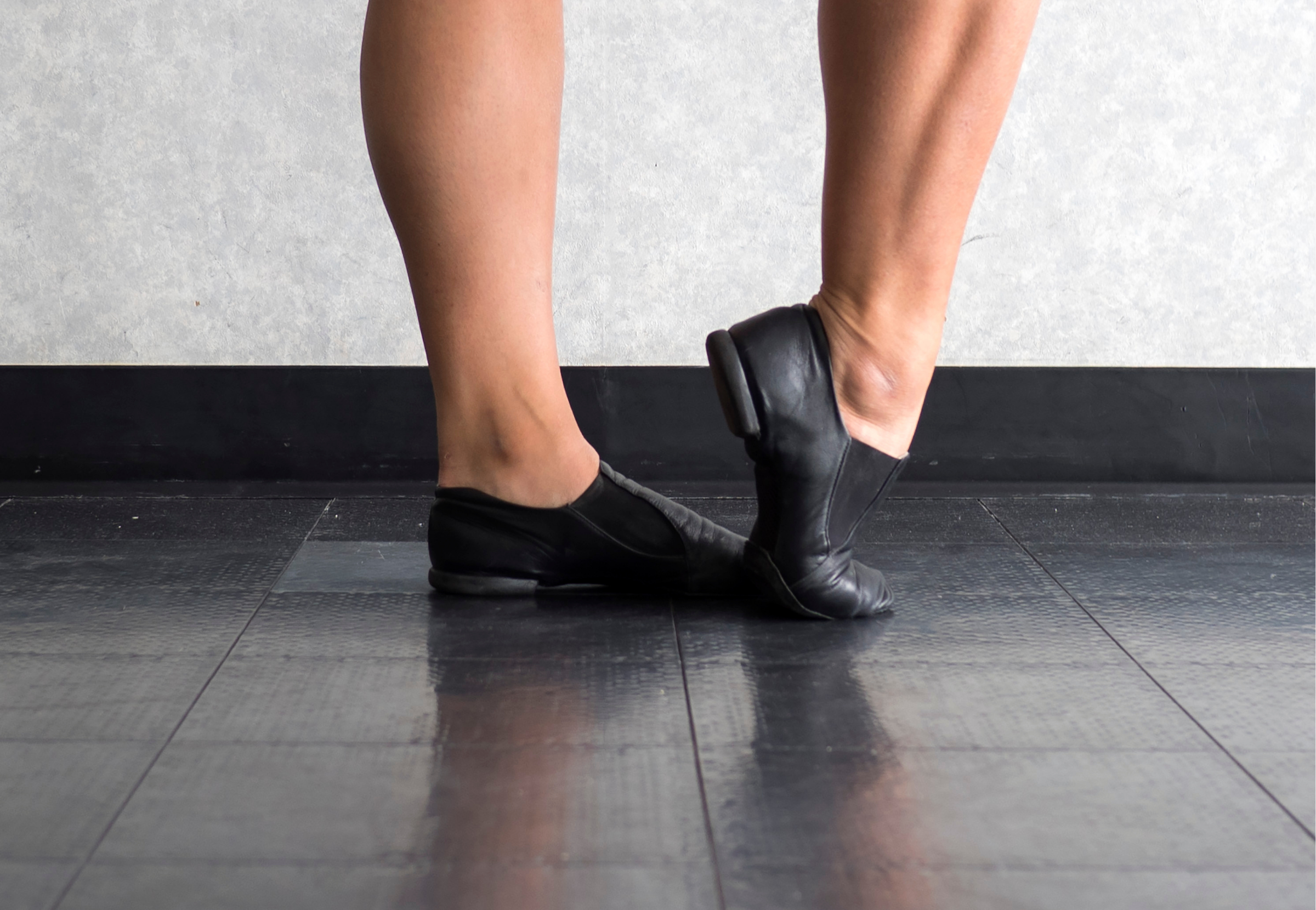
Advanced Techniques for Enhanced Performance
Balance and Flexibility Stretches: With toe spacers in, attempt balance-focused exercises like the single-leg pointe. This is not only a great test of stability but can also enhance foot mobility.
- Elevated Toe Stretches: While wearing spacers, use a raised surface to provide an under-toe stretch. Push down gently for a deeper stretch, improving your feet’s range of motion.
Dynamic Movements:
- Stand on one foot with spacers in place.
- Execute slow, controlled dance poses or part of your choreography.
- Maintain each pose for a series of counts to train alignment and muscle adaptation.
By integrating these stretches and exercises into your practice, over time, you should notice improved foot strength and enhanced overall dance performance.
Integrating Toe Spacers into Dance Routines
I’ve found that integrating toe spacers into dance routines can significantly enhance a dancer’s performance by improving toe alignment, which contributes to greater balance and stability. Toe spacers also play a role in supporting the recovery process by relieving pressure on the foot muscles and ligaments.
Incorporating Toe Spacers During Warm-Ups
Warming up is critical for dancers to prepare their bodies for intense activity. When I incorporate toe spacers during warm-ups, I focus on exercises that promote foot muscle awareness and alignment. For example:
- On the Floor: With sneakers off, place the spacers between your toes, sit comfortably, and spread your toes gently. Hold for a few seconds and release. This can be repeated several times and helps activate the intrinsic foot muscles.
- Balancing Exercises: While standing, insert toe spacers and perform relevés or single-leg balances to challenge stability. The spacers help maintain proper toe alignment, contributing to a more efficient warm-up.
Using Spacers for Post-Performance Recovery
After a performance, it’s just as important to aid the body in recovering as it is to warm it up. Here’s how I use toe spacers as part of the recovery process:
- Cool Down: Slip on toe spacers after taking off dance shoes to realign the toes and release tension. Gentle toe stretching can counteract the compression caused by dance footwear.
- Resting: While at rest, wearing toe spacers can help the toes return to a natural position, potentially reducing the risk of bunions and hammertoes. This gives ligaments a chance to relax and supports foot health.
Benefits of Toe Spacers for Dancers
Toe spacers can be vital for dancers, enhancing foot alignment and reducing the risk of injury. These simple yet effective tools support optimal foot health, which is crucial for my performance and career longevity.
Promoting Foot Alignment and Balance
Using toe spacers consistently helps in maintaining the natural alignment of my toes, which is essential for balance and stability. As a dancer, I find that proper alignment reduces the undue pressure on my joints, especially when wearing pointe shoes or engaging in complex movements. Spacers prevent my toes from crowding and help distribute my weight evenly across my feet.
Enhancing Mobility and Flexibility
By separating my toes, spacers encourage the strengthening and stretching of foot muscles, leading to increased mobility and flexibility. This is beneficial during ballet and other dance forms that require a high degree of foot dexterity. Regular use of silicone or gel toe spacers helps my toes maintain their natural spread, contributing to a more comfortable and effective range of motion.
Preventing Foot Conditions and Injuries
Integrating toe spacers into my foot care routine assists in preventing common dance-related foot conditions like bunions, hammertoes, corns, and calluses.
Due to the reduced friction and enhanced cushioning, toe spreaders shield against blisters and other forms of discomfort. With decreased inflammation and supported ligaments, the risk of foot injuries, sprains, and ingrown toenails is significantly lower, ensuring I can dance safely and with confidence.
Selecting the Right Toe Spacers
When choosing toe spacers for dancing, material quality and a proper fit are paramount to ensure both comfort and effectiveness in addressing foot problems.
Materials and Design Considerations
Toe spacers come in various materials, but as an expert in this field, I find that silicone and medical-grade gel are the top choices for dancers.
These materials offer superior cushioning and can conform well to the foot, providing the necessary pressure distribution to realign the toes without causing discomfort. A well-designed toe spacer should have a soft, flexible feel, while still being durable enough to withstand the stress of dance movements.
- Silicone: Highly durable and flexible, maintains shape over time.
- Silicone Gel: Adds extra cushioning, good for sensitive skin.
- Medical-Grade Gel: Usually hypoallergenic and safe for most skin types, offers excellent cushioning.
Design should also be considered; some toe spacers are designed to be worn during activity, while others are for post-dance recovery. Dancers should look for a design that balances movement freedom with adequate spacing.
Determining the Appropriate Size
The correct size of toe spacers is critical to ensure they benefit the dancer without causing further foot issues. Too small, and they won’t provide the necessary spacing; too large, and they might restrict movement or even slip off. To find the appropriate size, you should measure the width of your foot and the space between your toes. Some brands offer sizing charts, which can be quite helpful.
- Measure foot width: From the widest point, usually across the ball of the foot.
- Measure toe gap: Ensure there is enough space for the spacer to fit comfortably.
Care and Maintenance of Toe Spacers
Proper care ensures the hygiene and longevity of your toe spacers. Consistent maintenance is key to promoting foot health, especially for dancers who rely on them.
Cleaning and Storage Tips
Cleaning: After every use, I recommend washing silicone or gel toe spacers with warm soapy water. Rinse them thoroughly to remove all soap residue, as it could cause skin irritation during subsequent uses. Dry the toe spacers completely before storing them.
Storage: Always store your toe spacers in a clean, dry environment to prevent bacterial growth. A breathable container or a specially designed case for toe spacers can be ideal to maintain their shape and protect them from dust and debris.
When to Replace Your Toe Spacers
Toe spacers can wear out or lose their resilience over time. I advise checking them regularly for signs of deterioration, such as tears or permanent deformation. If your spacers no longer maintain their shape or if they become uncomfortable to wear, it’s time for a replacement. Consult with a healthcare professional if you’re unsure about their condition or proper fit.
Consulting with Podiatrists
When it comes to the health of a dancer’s feet, consulting with podiatrists is vital for addressing specific foot conditions and getting advice for the use of toe spacers tailored to individual needs.
Professional Advice for Specific Foot Conditions
I always recommend seeking a podiatrist’s guidance to address any specific foot problems such as bunions, corns, calluses, plantar fasciitis, ankle sprains, Achilles tendonitis, or diabetic foot concerns. These healthcare professionals can provide comprehensive assessments and treatment plans, including:
- Splints and Insoles: To offer better arch support and correct foot alignment.
- Night Splints: To gently stretch the foot overnight, providing pain relief.
- Compression: Methods to reduce swelling and promote healing.
Podiatrists can also advise if surgery may be necessary for severe cases or if conservative methods like toe spacers might be the first course of action.
Customized Toe Spacers and Medical Recommendations
My experience has shown me that not all toe spacers are created equal, and a podiatrist can advise on the best type and fit for your unique foot structure. For instance:
- For Bunions: A softer toe spacer may be recommended for comfort and re-alignment.
- For Overlapping Toes: A podiatrist might suggest a firmer separator to keep toes in their place.
Furthermore, podiatrists who specialize in sports medicine or dancer’s health might provide recommendations for specific exercises or stretches to accompany the use of toe spacers. If you have conditions such as rheumatoid arthritis or diabetes, a DPM (Doctor of Podiatric Medicine) will customize recommendations to avoid compromising your health.
Remember, the goal is to find a solution that caters to your needs and ensures your feet remain healthy, strong, and performance-ready.
